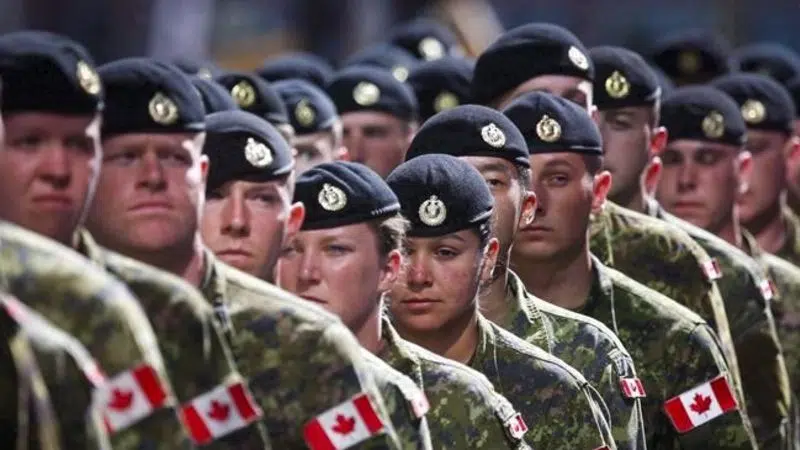
Canadian military issues new ban on discriminatory, sexually explicit tattoos
OTTAWA — Canadian military members are being warned against getting certain tattoos, including those that could be deemed discriminatory or sexually explicit, as the armed forces tries to crack down on misconduct and intolerance in the ranks.
The warning is contained in a new order issued Monday by Gen. Jonathan Vance, Canada’s chief of the defence staff, that provides the most specific guidance yet around what tattoos are considered acceptable — and which ones could result in disciplinary measures.
The directive happens to follow a recent incident in Halifax in which a sailor was criticized for sporting a tattoo featuring the word “infidel'” in the shape of a rifle. Work on the new rules predated that controversy, said Canadian Armed Forces spokeswoman 2nd Lt. Stephany Duval.
Following an investigation, the Royal Canadian Navy said there was no ill intent on the sailor’s part but that he had nonetheless agreed to change his tattoo.


